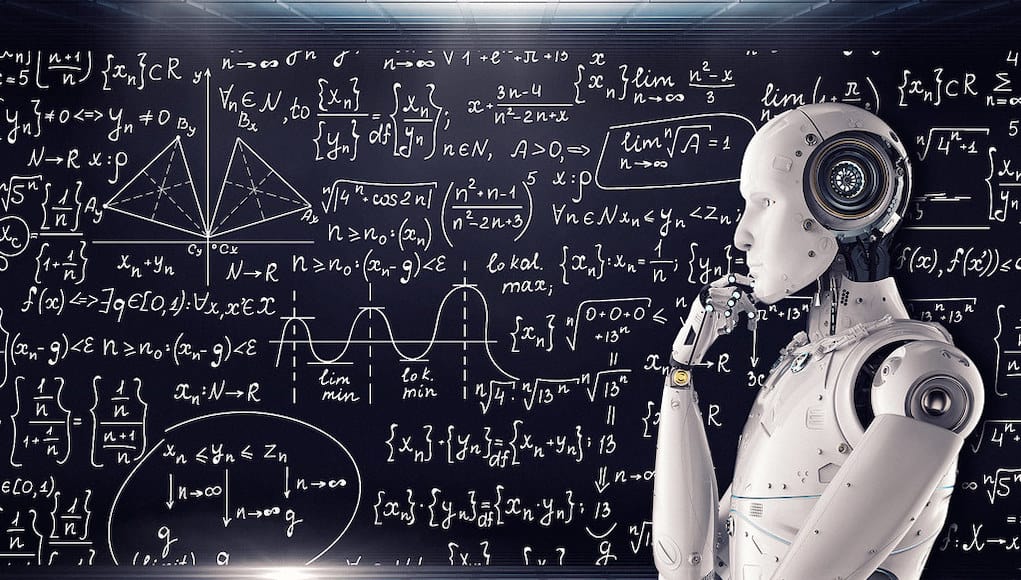
AI’s Role in Essay and Paper Generation
One of the most notable advancements in AI is its ability to assist students in generating essays and papers. With the help of AI, students can now produce well-structured and coherent pieces of writing. However, this development has raised concerns about academic integrity and the potential for cheating. Educators worry that AI-generated content may compromise the authenticity of students’ work and undermine the value of traditional teaching and assessment methods.
The Worries and Impact on Educators
The rise of AI in education has also caused anxiety among educators. The prospect of AI replacing human teachers is a growing concern. While AI can provide personalized learning experiences, human teachers offer unique qualities such as empathy, adaptability, and the ability to foster critical thinking skills. The fear of job displacement and the loss of human interaction in the classroom are valid concerns that need to be addressed.
The Growing Divide: Humanists vs. Technologists
The integration of AI in education has highlighted the growing divide between humanists and technologists. In the tech world, the value of humanistic education is often overlooked, with an emphasis placed on technical skills and data-driven approaches. However, the humanistic perspective, which emphasizes critical thinking, creativity, and empathy, is essential for a well-rounded education. Bridging this gap requires recognizing the importance of both disciplines and fostering collaboration between humanists and technologists.
Recognizing the Need for Collaboration
As AI continues to advance, the collaboration between humanists and technologists is becoming increasingly recognized. Computer scientists need a deeper understanding of humanistic subjects to ensure the ethical and creative use of AI in education. By incorporating humanistic principles into AI development, researchers can address concerns related to bias, privacy, and the overall impact of AI on education.
Embracing AI in Humanistic Education
Rather than viewing AI as a threat, humanists should embrace technology and explore how AI can enhance their research and understanding of language and literature. AI can be a valuable tool in analyzing vast amounts of data, identifying patterns, and generating new insights. By leveraging AI, humanists can expand their research capabilities and deepen their understanding of complex subjects.
Navigating AI’s Challenges and Opportunities
The connection between humanism and technology requires mutual learning and collaboration to navigate the challenges and opportunities presented by AI in education. It is crucial to strike a balance between the benefits of AI and the preservation of humanistic values. By fostering interdisciplinary collaboration and promoting ethical AI practices, educators can harness the power of AI while ensuring that it complements, rather than replaces, the essential role of human teachers.
Conclusion
The rise of AI in education has sparked concerns about traditional teaching and assessment methods. However, by acknowledging the potential for cheating, bridging the divide between humanists and technologists, and embracing collaboration, we can navigate the challenges and opportunities presented by AI. The integration of AI in education has the potential to revolutionize learning, but it is essential to ensure that it aligns with humanistic values and serves as a complementary tool rather than a replacement for human teachers. Through thoughtful implementation and collaboration, AI can enhance education, providing students with personalized learning experiences while preserving the unique qualities that human teachers bring to the classroom.




